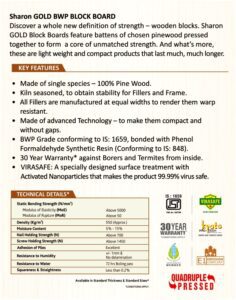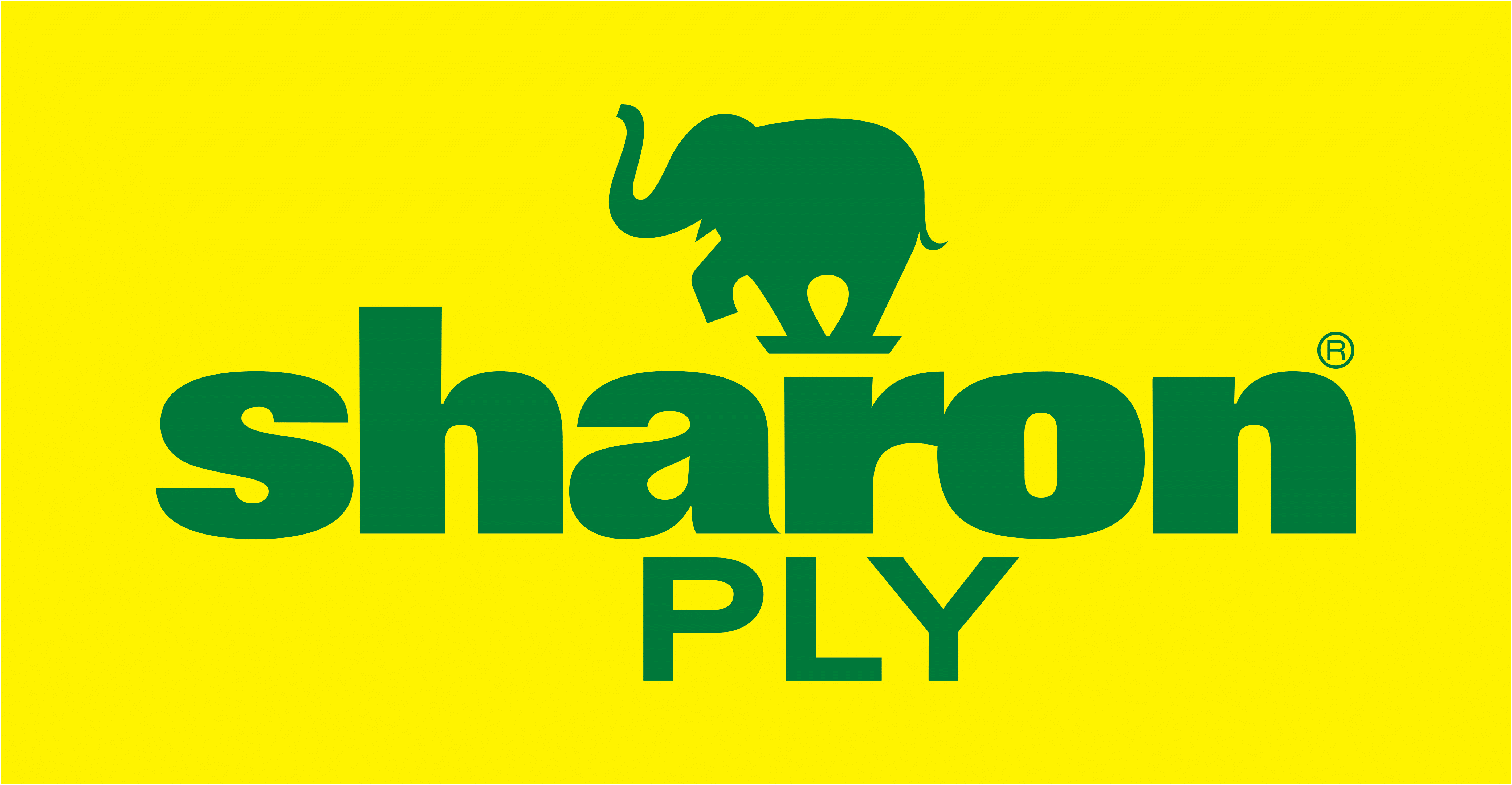When it comes to choosing the right plywood for your construction or interior design project, understanding the differences between various grades is vital. Among the most popular options, 303 grade plywood and 710 grade plywood stand out due to their unique properties and applications. While both serve distinct purposes, their characteristics make them suitable for different environments and use cases. This guide will delve into the key differences, applications, and factors to consider when choosing between these two grades of plywood.
Table of Contents
- What is 303 grade plywood?
- What is 710 grade plywood?
- Key differences between 303 and 710 grade plywood
- How to choose between 303 and 710 grade plywood
- Applications of 303 and 710 grade plywood
- Common myths about 303 and 710 grade plywood
- Making the right choice for your project
What is 303 grade plywood?
303 grade plywood, also known as MR (Moisture Resistant) plywood, is a commonly used material in interior applications where exposure to moisture is minimal. It is manufactured using urea-formaldehyde resin, which provides moderate resistance to humidity but is not water-proof. One of our offerings that comes under this category is Sovereign MR Water Resistant Ply.
Key features of 303 grade plywood:
- Moisture Resistance: Offers limited resistance to moisture, suitable for dry or slightly damp conditions.
- Applications: Commonly used in indoor furniture, partitions, wall paneling, and ceilings.
- Affordability: 303 grade plywood is cost-effective, making it a budget-friendly option for interior projects.
Where to use 303 grade plywood:
This plywood is ideal for dry interior spaces, such as:
- Bedrooms
- Living rooms
- Study rooms
It is particularly popular for making cabinets, wardrobes, and wall panels in areas not exposed to moisture.
What is 710 grade plywood?
710 grade plywood, often referred to as BWP (Boiling Water Proof) plywood, is a premium plywood grade that offers superior water resistance. It is made using phenol-formaldehyde resin, which ensures durability even in environments with high moisture levels or direct contact with water. One of our offerings under this category is Sovereign 710 Waterproof Ply.
Key features of 710 grade plywood:
- Water Resistance: Can withstand continuous exposure to water without losing its structural integrity.
- High Strength: Known for its superior durability and strength compared to 303 grade plywood.
- Applications: Frequently used for outdoor furniture, kitchen cabinets, bathroom fixtures, and exterior structures.
Where to use 710 grade plywood:
Due to its water-resistant properties, 710 grade plywood is suitable for:
- Bathrooms: Vanity cabinets, bathroom doors, and storage units.
- Kitchens: Cabinets, shelves, and countertops.
- Outdoor Furniture: Benches, garden tables, and patio furniture.
- Marine Applications: Boat interiors and other water-based projects.
Key differences between 303 and 710 grade plywood
1. Moisture resistance
The primary difference lies in their resistance to moisture:
- 303 grade plywood can withstand slight humidity but is not suitable for wet environments.
- 710 grade plywood, on the other hand, is highly water-resistant and can endure prolonged exposure to water.
2. Adhesive used
The adhesive used during the manufacturing process determines the plywood’s resistance to moisture:
- 303 grade plywood is bonded using urea-formaldehyde resin, which offers moderate moisture resistance.
- 710 grade plywood uses phenol-formaldehyde resin, which enhances its water resistance and overall strength.
3. Durability
- 710 grade plywood is more durable due to its ability to withstand moisture, heat, and physical stress.
- 303 grade plywood is less durable in comparison and is best suited for controlled indoor environments.
4. Applications
- 303 grade plywood is ideal for indoor furniture and areas with minimal exposure to moisture.
- 710 grade plywood is recommended for kitchens, bathrooms, outdoor furniture, and marine applications.
5. Cost
- 303 grade plywood is more affordable, making it a cost-effective choice for budget-conscious projects.
- 710 grade plywood, with its superior properties, is priced higher but offers greater value for money in moisture-prone areas.
How to choose between 303 and 710 grade plywood
1. Assess the environment
Consider the environment where the plywood will be used. If the area is dry with minimal exposure to water, 303 grade plywood is sufficient. For spaces exposed to moisture, such as bathrooms or kitchens, opt for 710 grade plywood.
2. Evaluate the purpose
The purpose of the plywood plays a significant role in determining the right grade. For furniture or wall paneling, 303 grade plywood is a suitable choice. For water-resistant fixtures or outdoor furniture, 710 grade plywood is the better option.
3. Budget considerations
If you are working with a limited budget, 303 grade plywood is an economical option for interior applications. However, investing in 710 grade plywood for moisture-prone areas ensures durability and long-term savings.
4. Seek professional advice
If you are unsure about the right grade for your project, consult with a professional or a trusted plywood supplier like SharonPly. They can guide you based on your specific requirements and budget.
Applications of 303 and 710 grade plywood
Applications of 303 grade plywood:
- Indoor furniture: Tables, chairs, and wardrobes.
- Interior design: Wall paneling and ceilings.
- Low-humidity areas: Office furniture and cabinets in dry spaces.
Applications of 710 grade plywood:
- Wet areas: Bathroom cabinets, vanity units, and partitions.
- Kitchens: Countertops, cabinets, and shelves.
- Exterior uses: Outdoor furniture, garden benches, and storage units.
- Marine purposes: Boat interiors and marine furniture.
Common myths about 303 and 710 grade plywood
1. All plywood is the same
This is a common misconception. Different grades of plywood serve specific purposes, and understanding their properties is essential for optimal performance.
2. Water-resistant plywood is unnecessary for kitchens and bathrooms
Some people assume that regular plywood is sufficient for wet areas. However, using water-resistant grades like 710 grade plywood ensures longevity and prevents damage from moisture.
3. Expensive plywood is always better
While premium plywood grades like 710 offer superior features, choosing the right grade depends on the application. 303 grade plywood is a practical and cost-effective option for dry interiors.
Making the right choice for your project
Choosing between 303 and 710 grade plywood depends on your project needs. 303 grade plywood is ideal for interiors with minimal moisture exposure, while 710 grade plywood offers superior durability and water resistance for wet or outdoor applications. Selecting the right plywood ensures longevity, cost-efficiency, and optimal performance.













